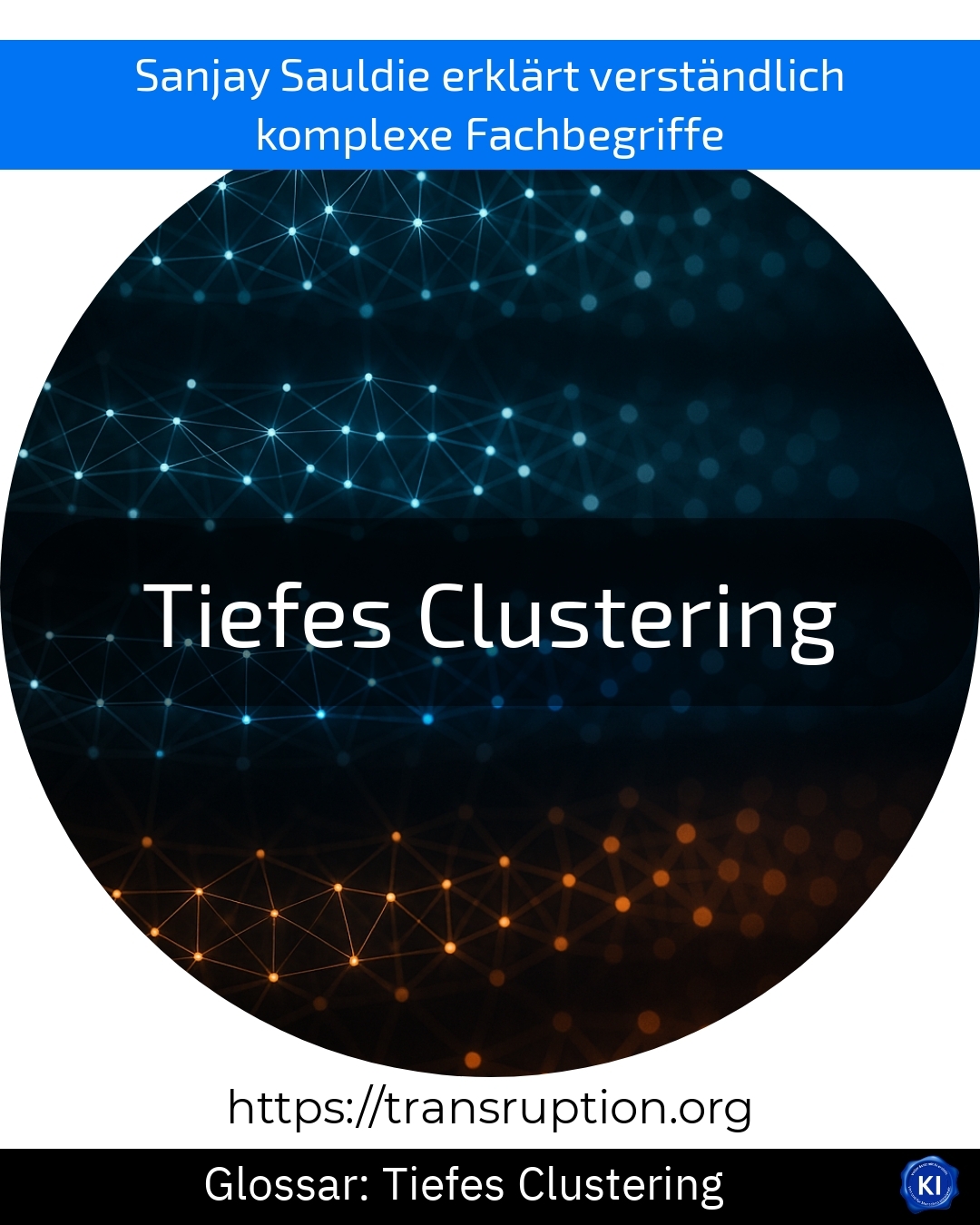Deep clustering is primarily used in the areas of artificial intelligence, big data, smart data and digital transformation. It is a method used to automatically sort large amounts of data into meaningful groups (clusters). The special thing about deep clustering is that it uses artificial neural networks that analyse data in particular depth and also recognise hidden patterns.
Imagine an online shop with tens of thousands of customer profiles. Deep clustering can help to group these customers not only according to simple characteristics such as age or gender, but also according to complex behavioural patterns. This makes it possible, for example, to identify customers who rarely shop but always buy when there is a promotion. With these insights, companies can play out targeted offers and thus increase their sales.
In contrast to traditional clustering methods, deep clustering works more intelligently: It discovers correlations that would be difficult for humans to recognise and thus enables completely new insights into data. This makes it particularly valuable for companies that want to get the best out of their data.















